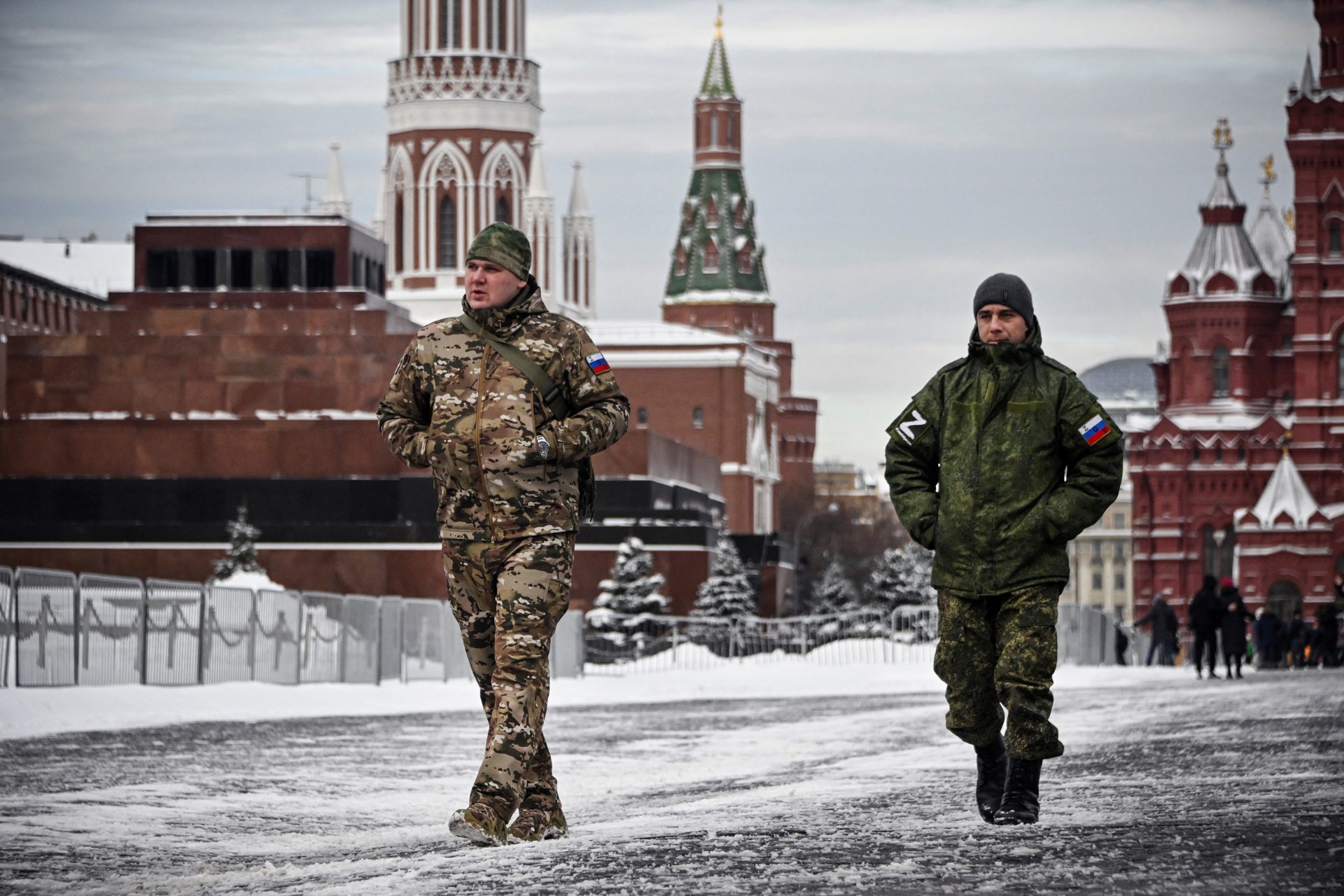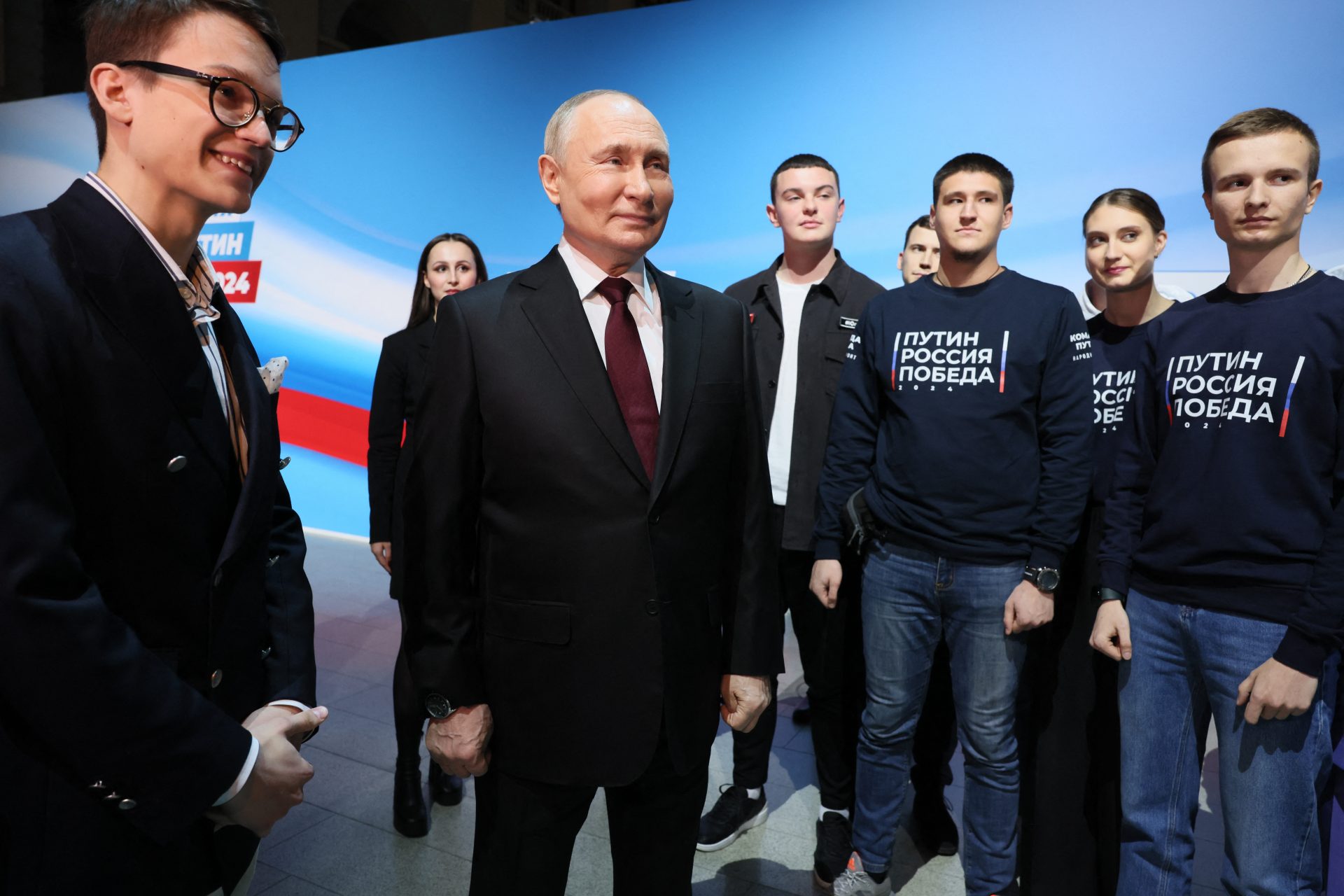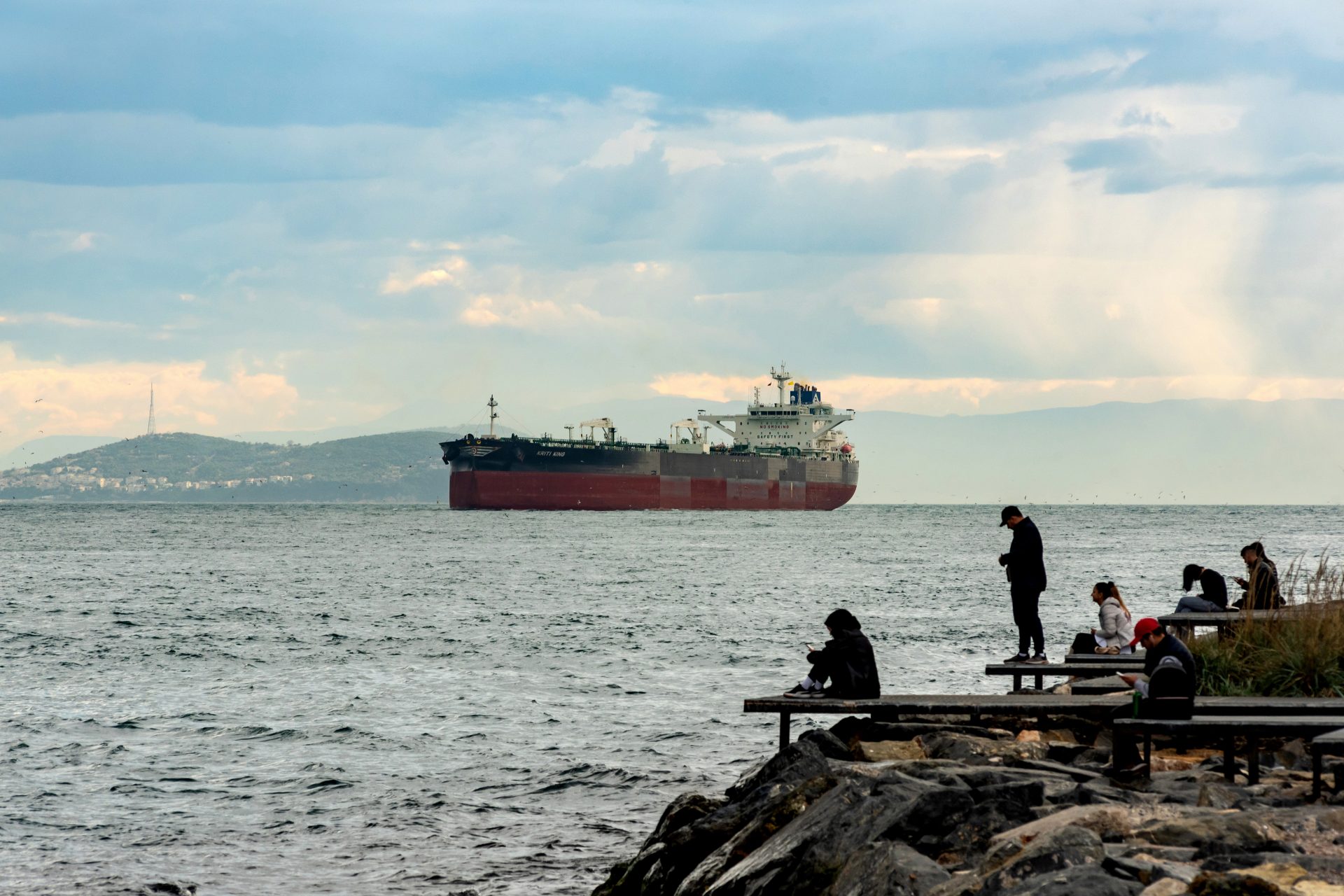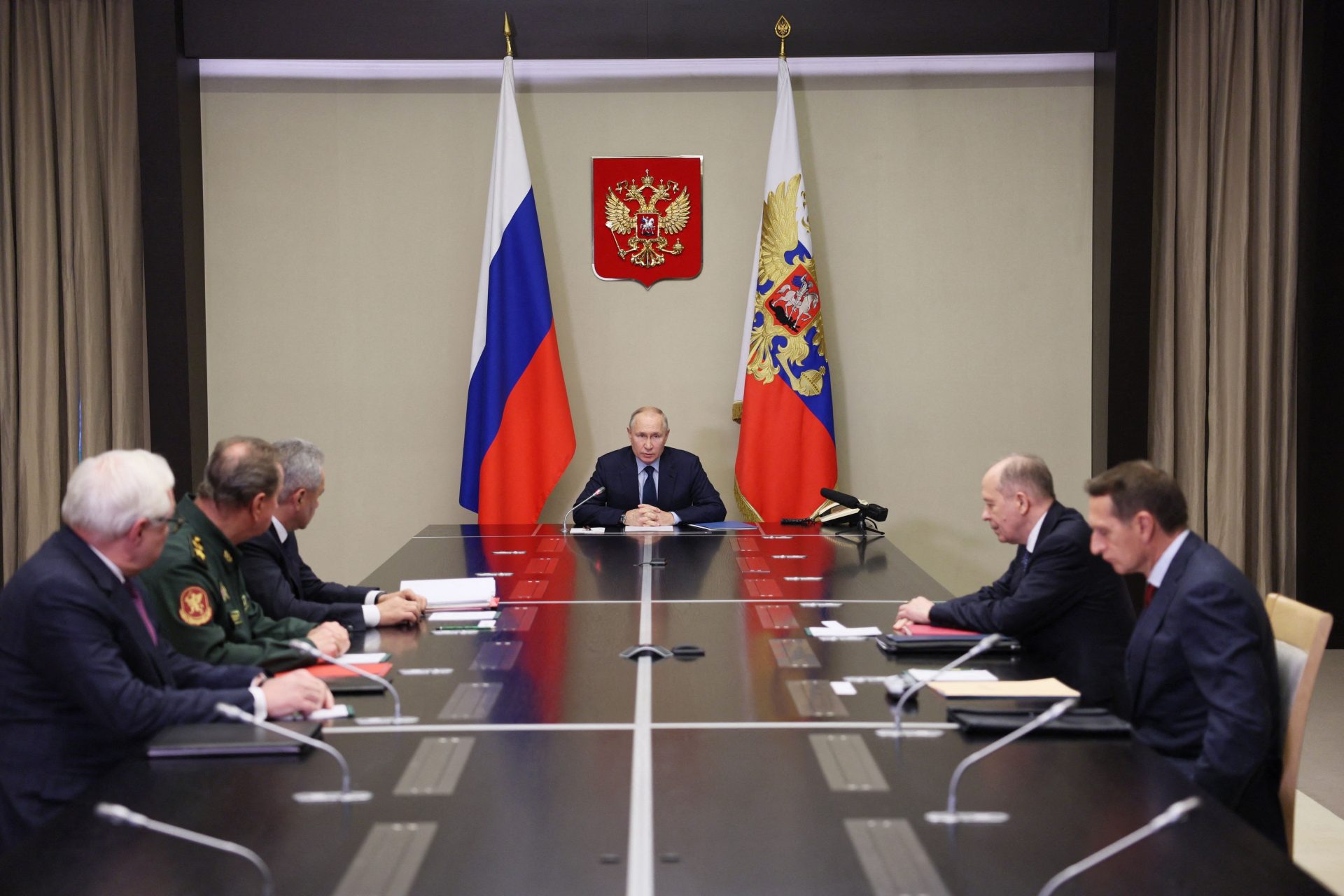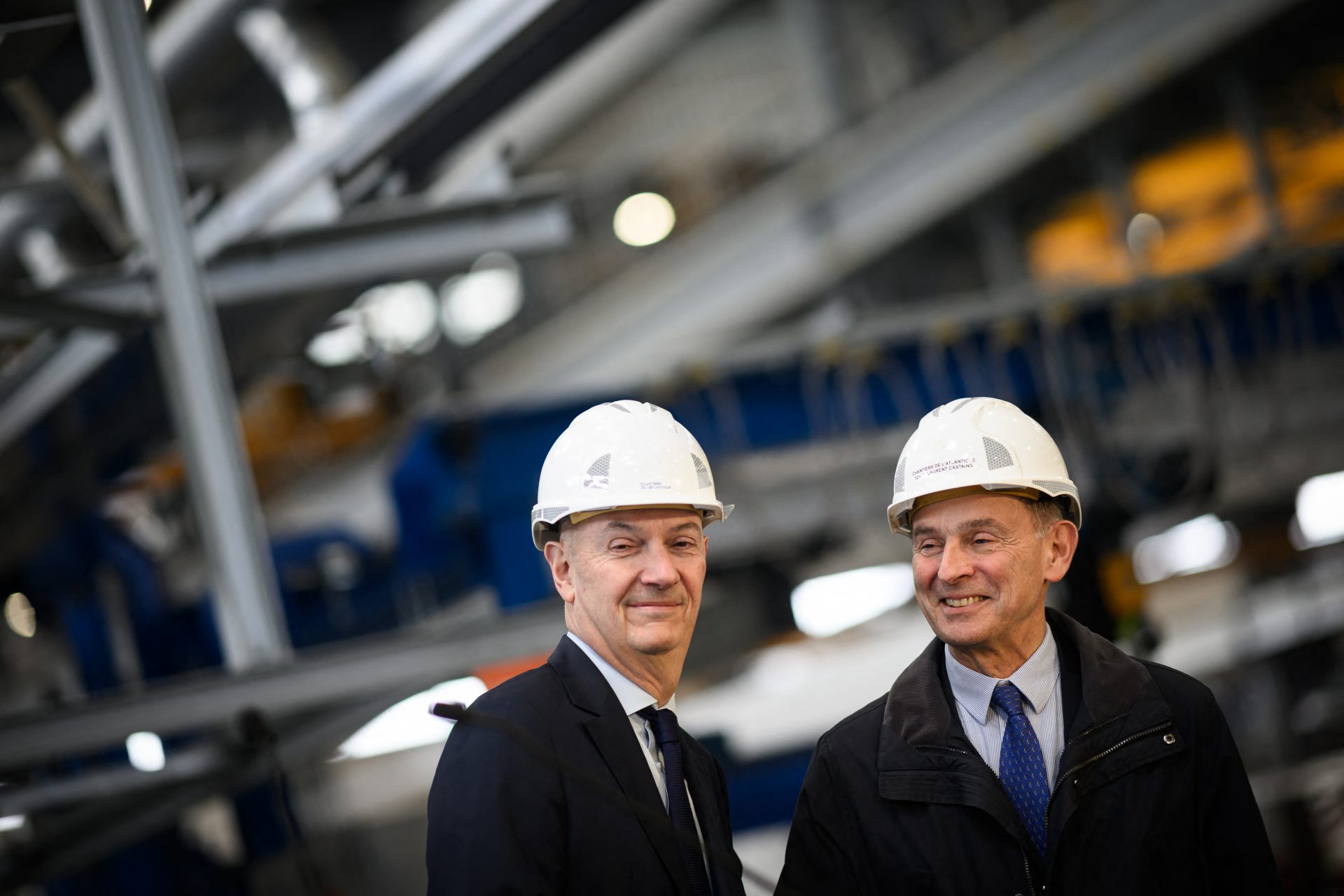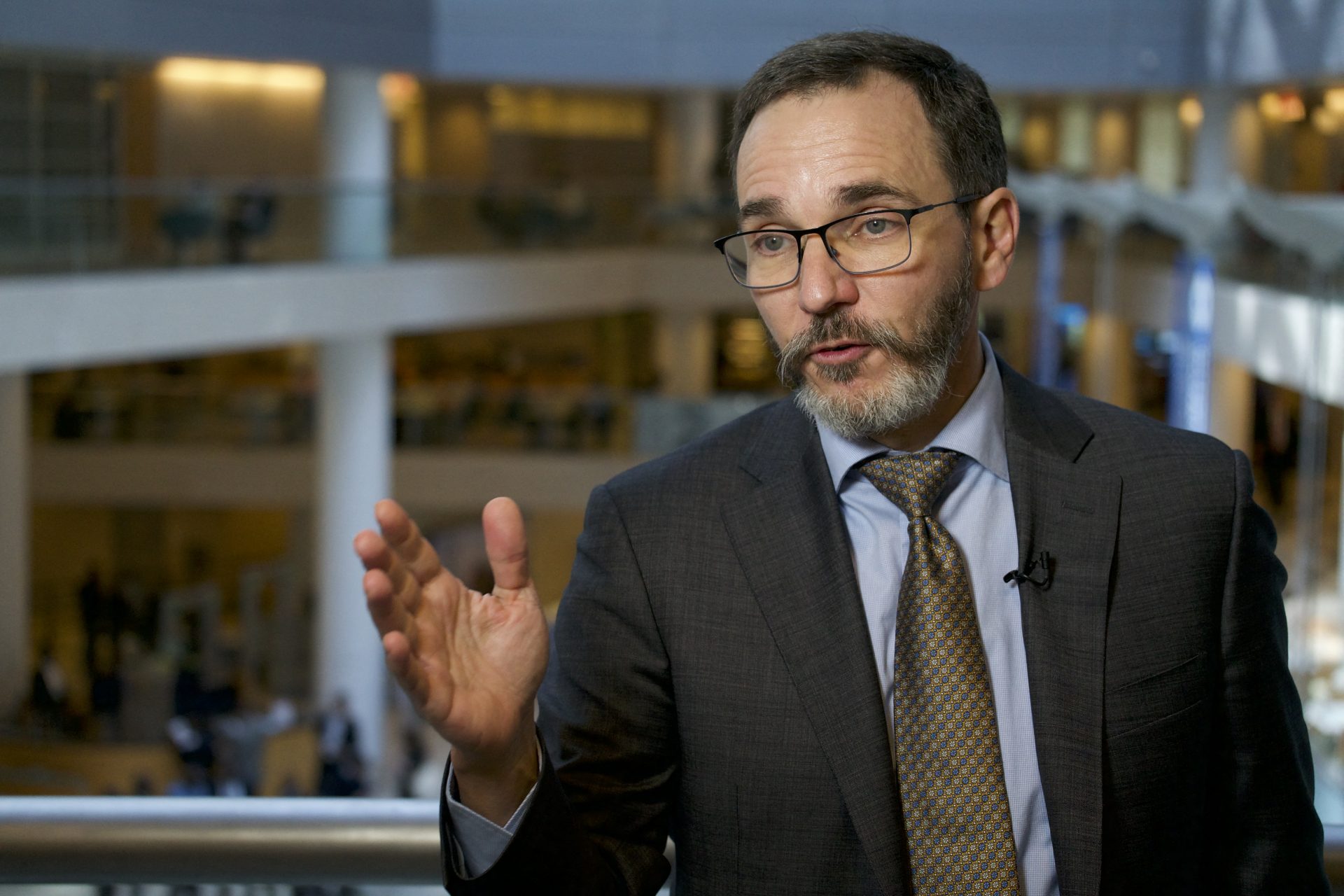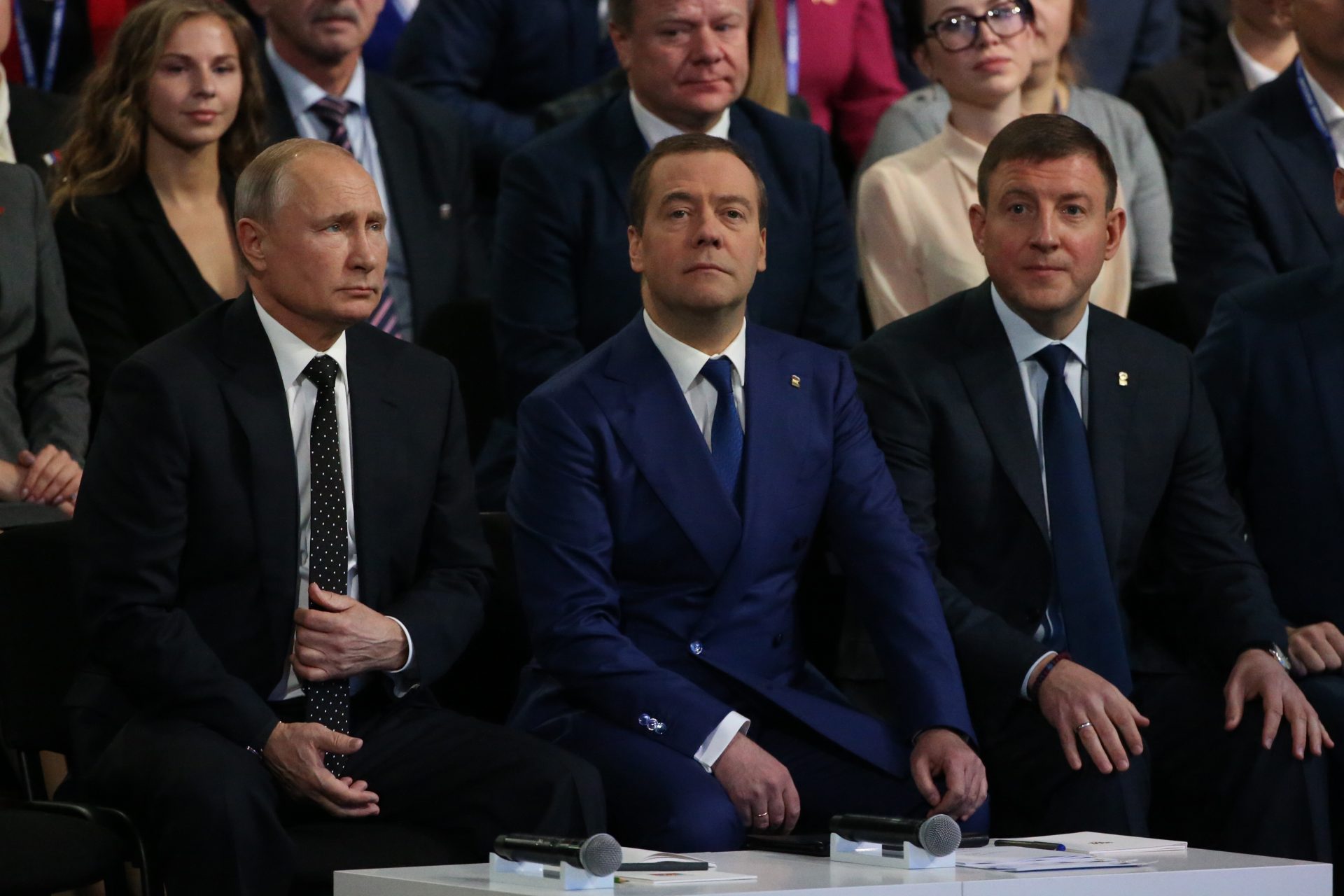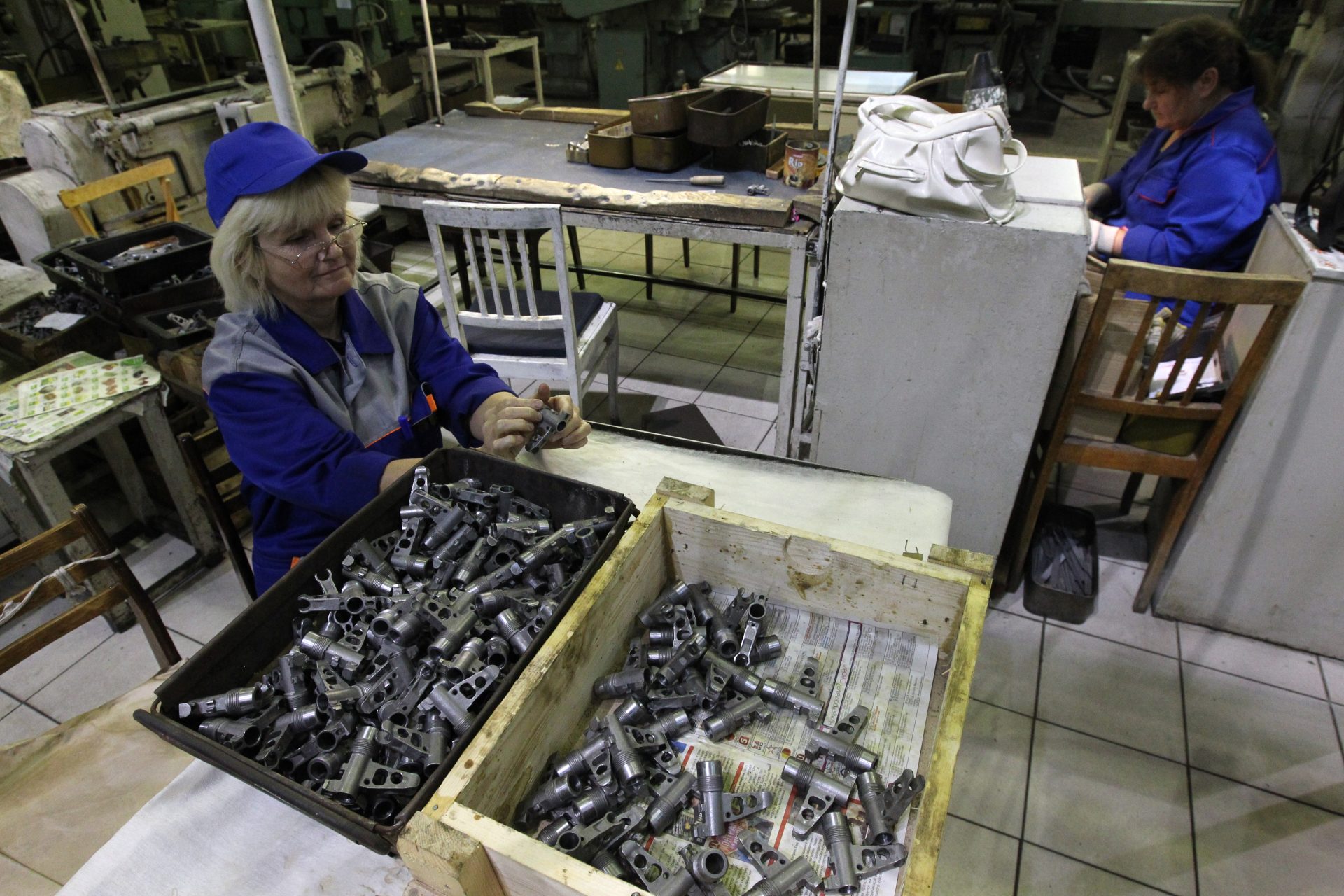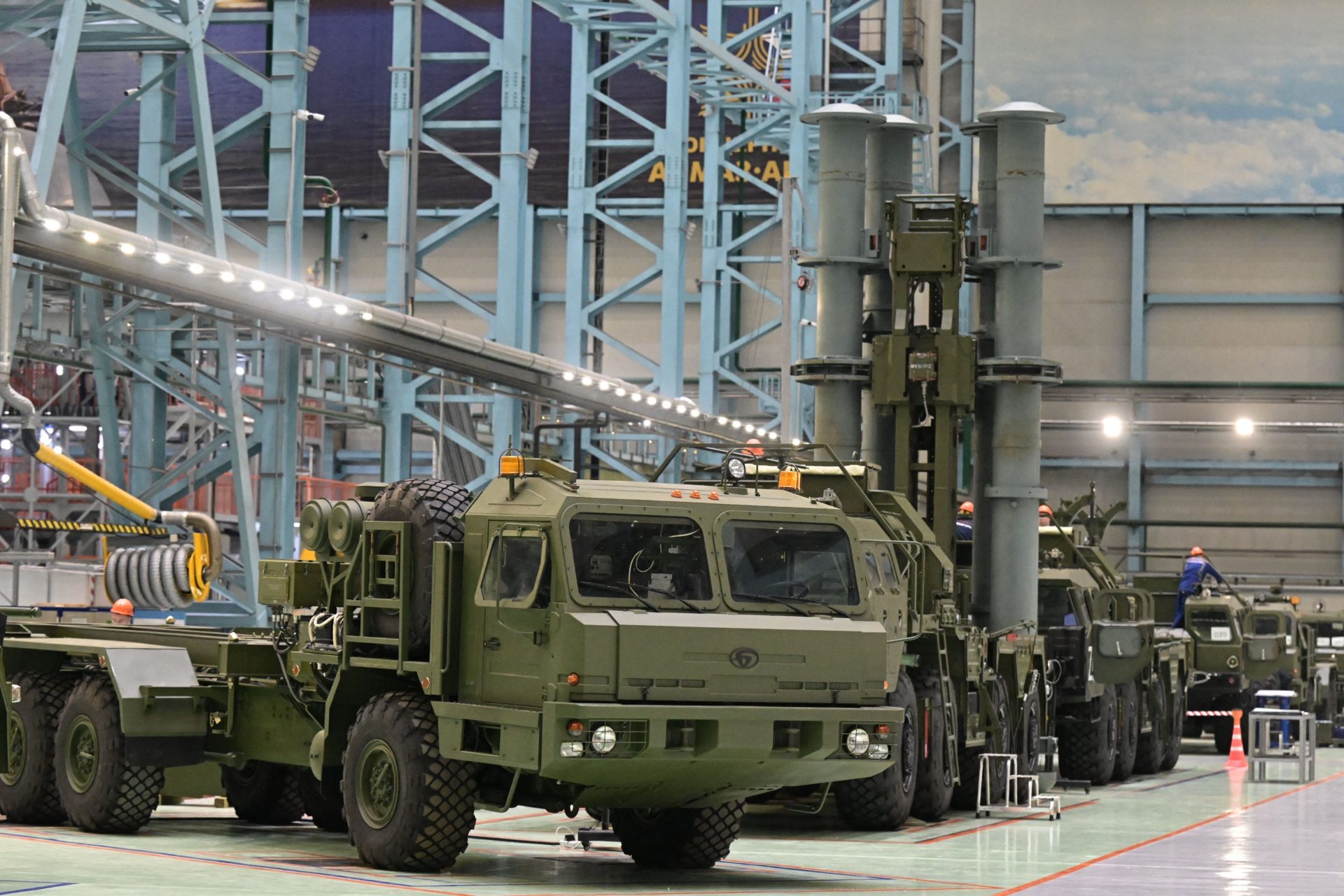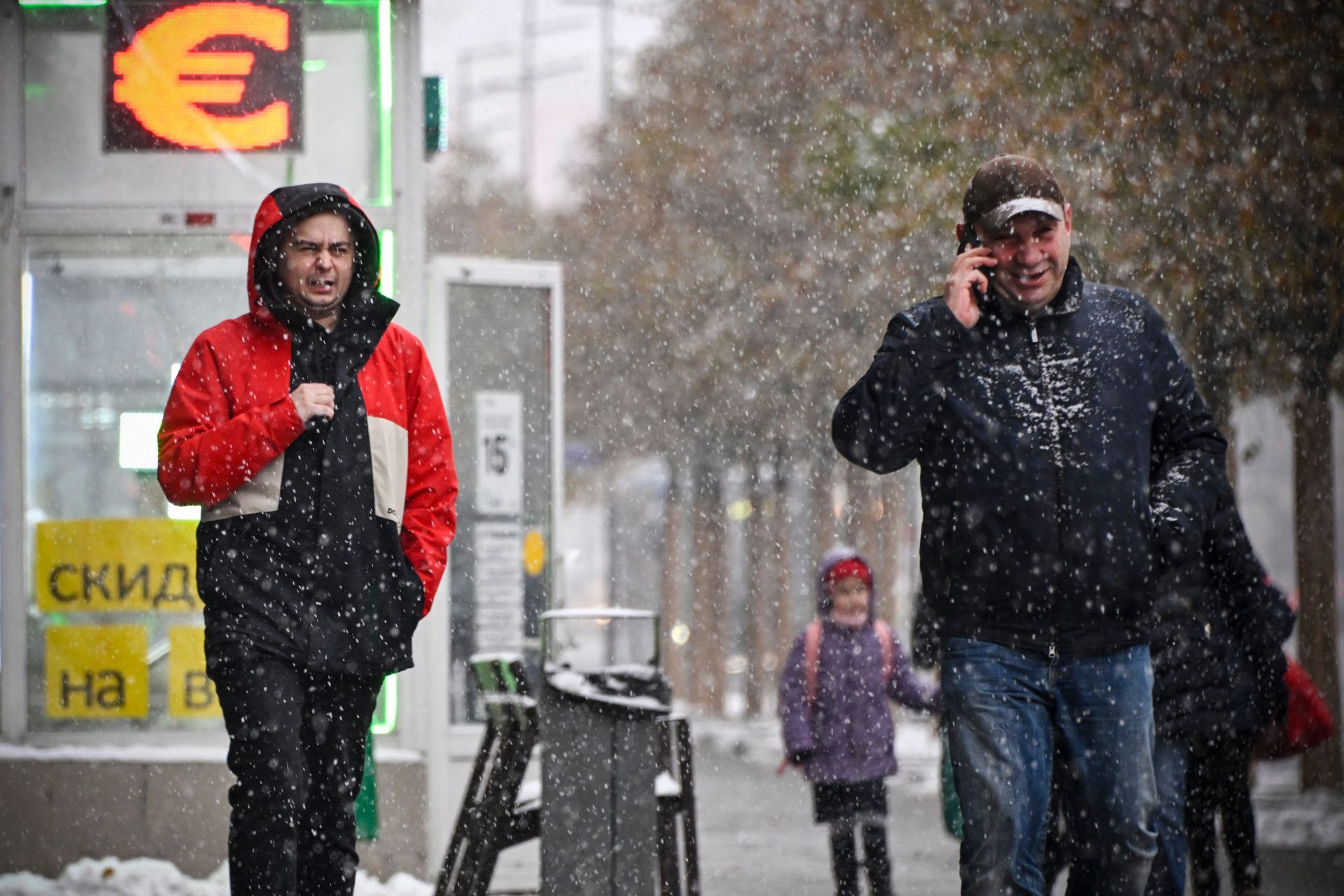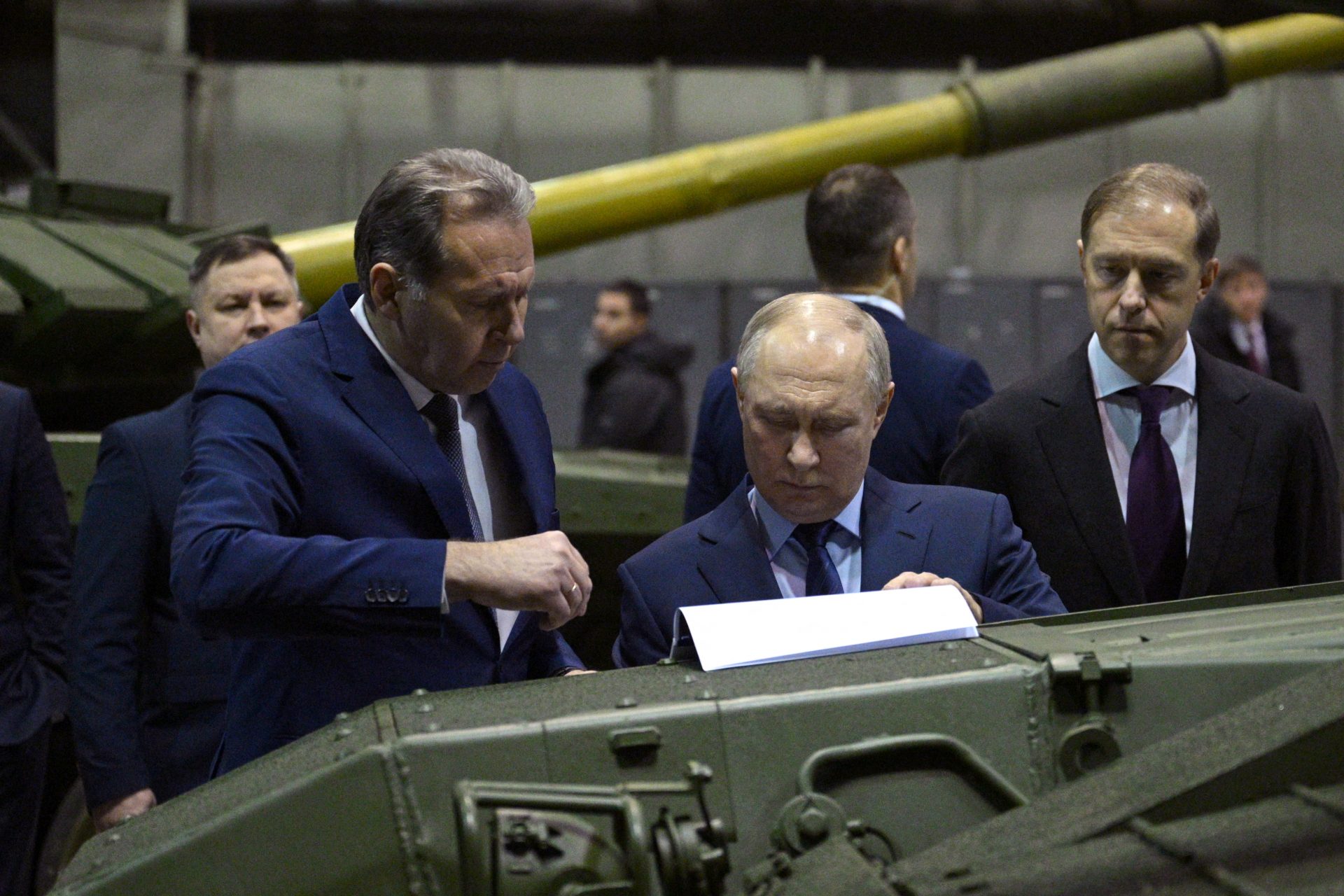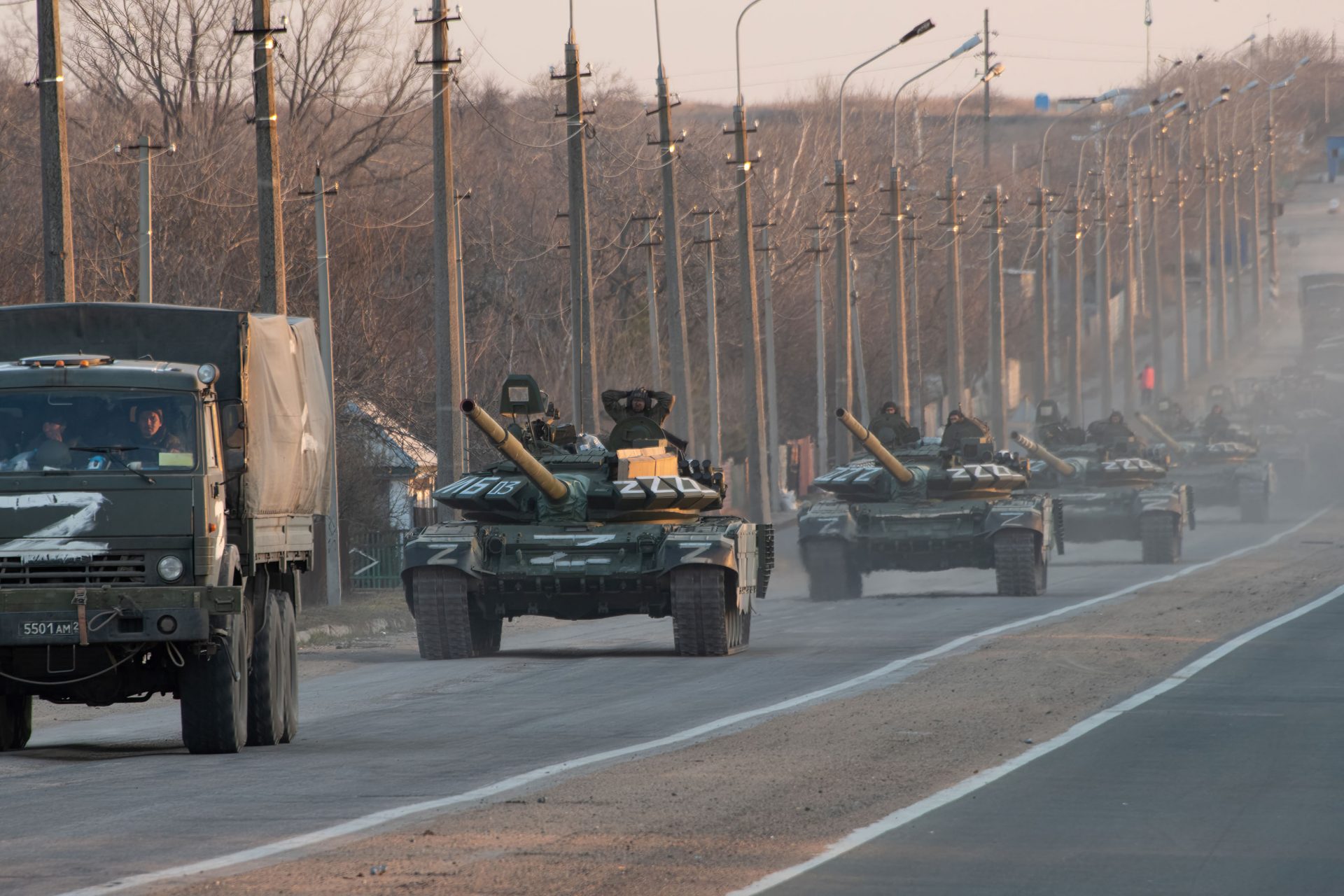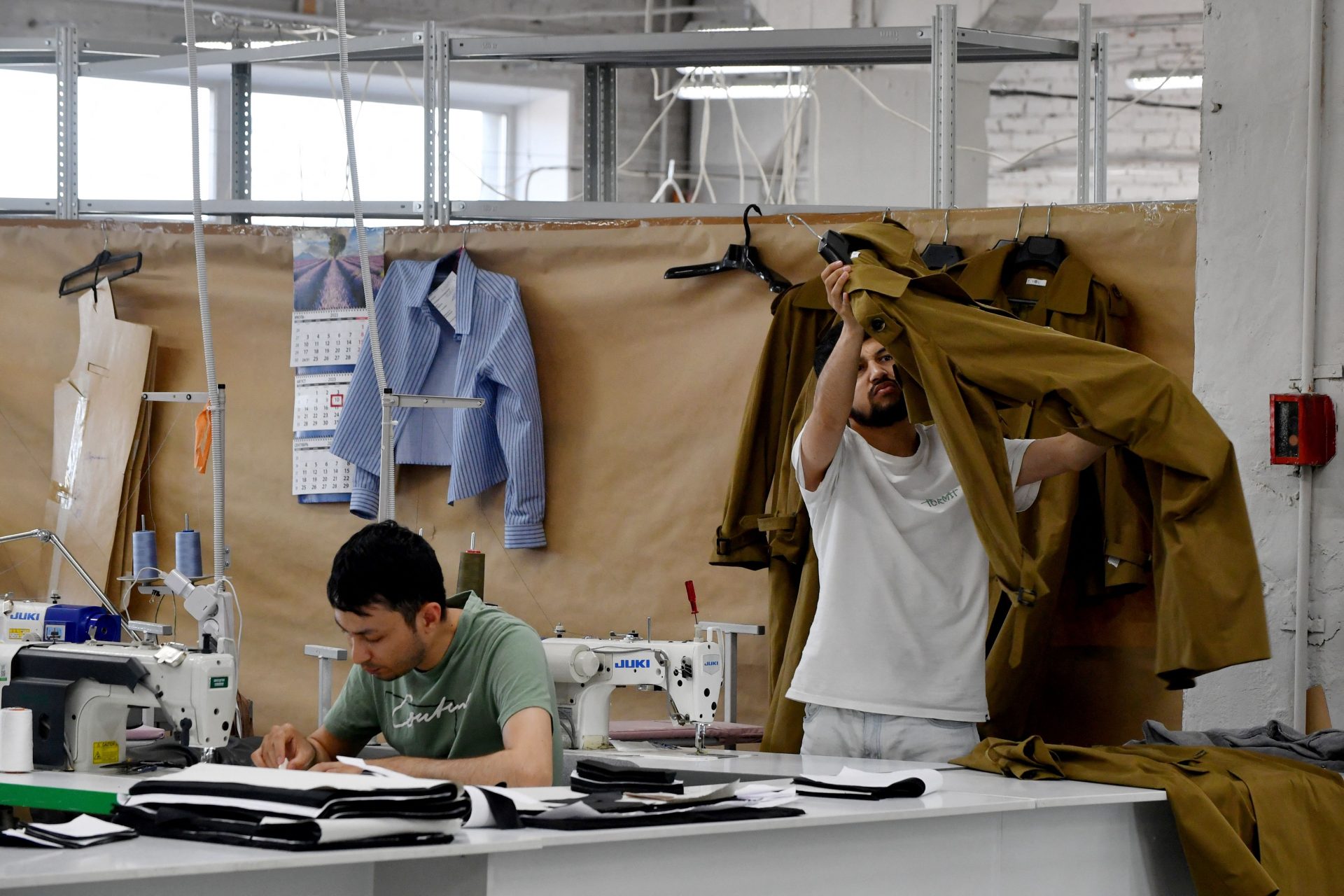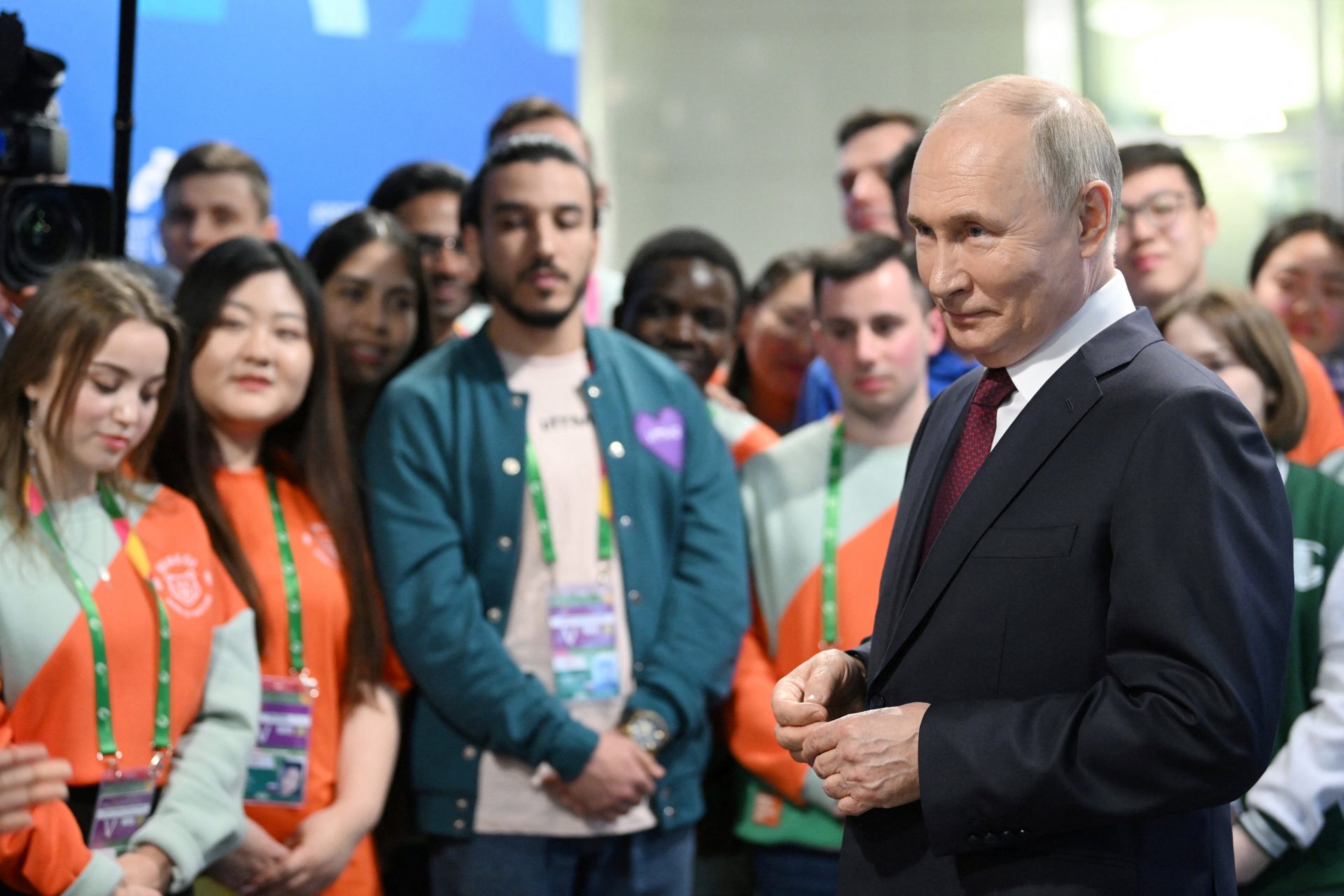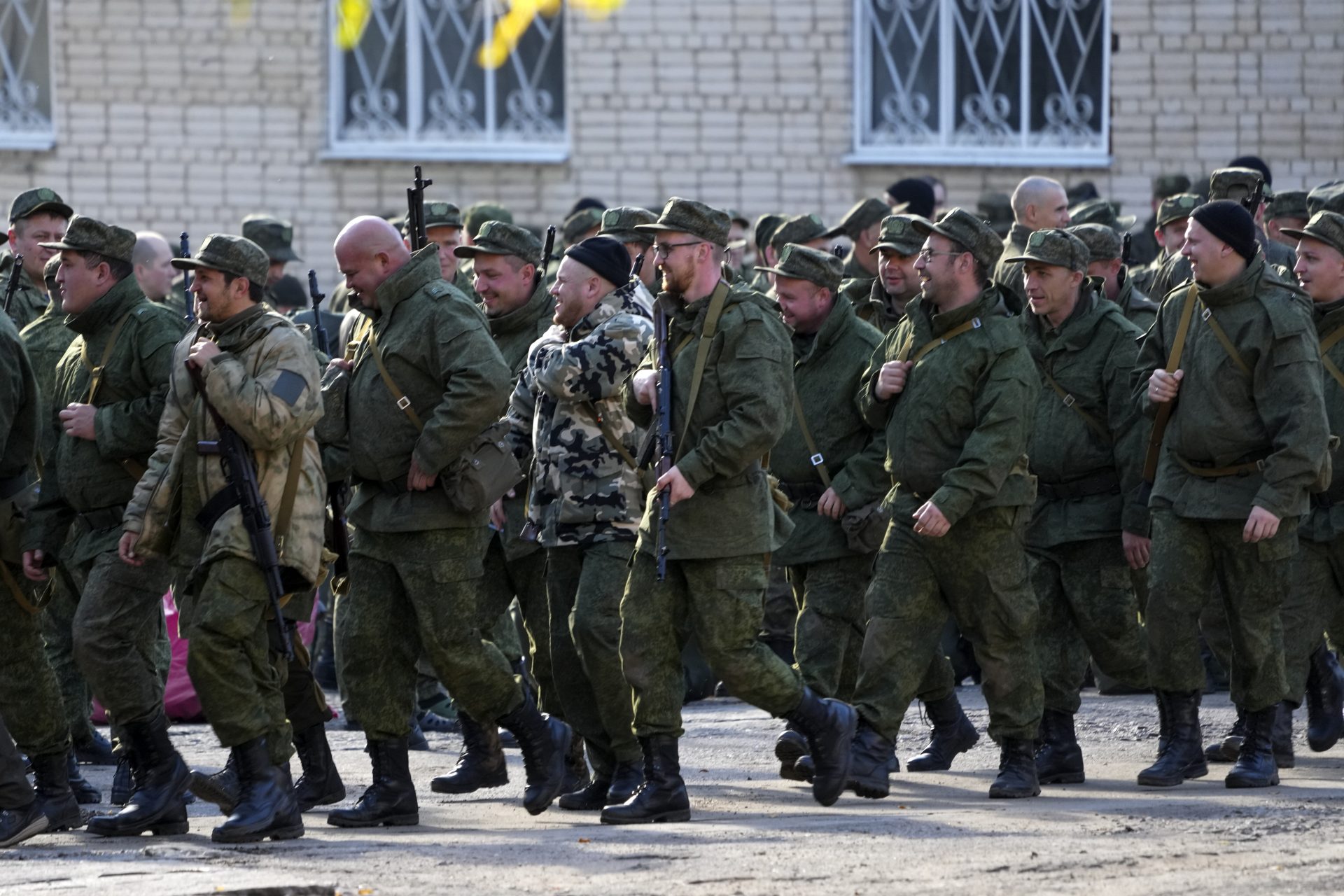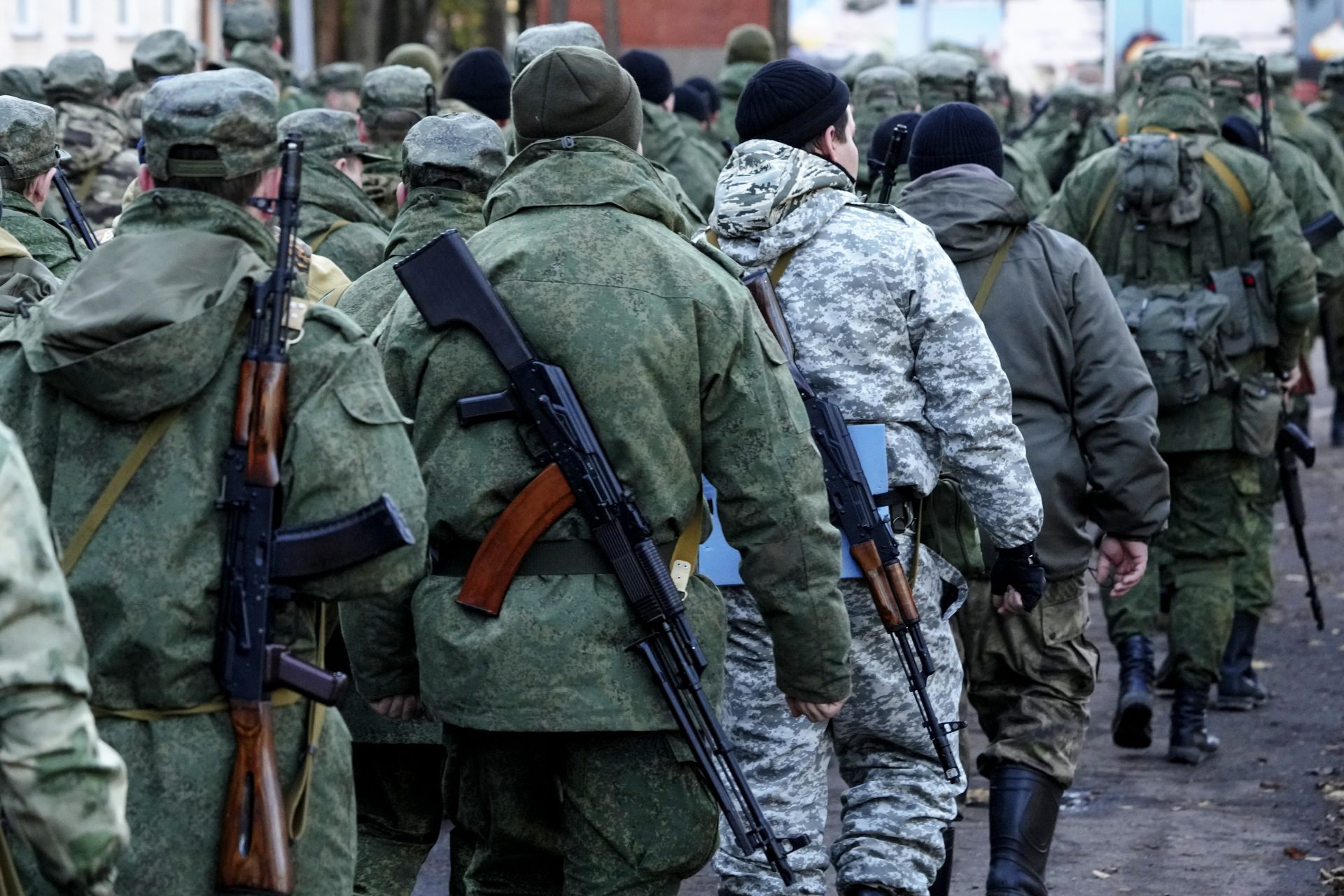Russian economic growth is set for a serious slowdown
The Russian economy is set to weaken in 2024 after experiencing a surprising period of unexpected growth following the full-scale invasion of Ukraine. A report on the problems Russia faces detailed three ways the country will suffer.
Russia has followed a rather unexpected economic path since invading its neighbor. In 2022, the Russian economy only contracted by 1.2% according to Rosstat, the country’s Federal State Statistics Service. But Russia rebounded.
The following year proved to be more positive and the economy grew by 3.6%. Rosstat provided these figures again and it's important to remember that the official figures from Russia could be biased. But the numbers matched others.
The International Monetary Fund (IMF) estimated that Russia would experience 3% growth in 2023 according to the Financial Times, which also noted the international financial institution has predicted the Russian economy will again grow in 2024.
Revised estimates from the IMF pegged Russian growth at 2.6% for 2024, about 1.5% higher than it was previously predicted and better than some Western states like Japan and most of the leading European Union nations.
“It is definitely the case that the Russian economy has been doing better than we were expecting and many others were expecting,” the International Monetary Fund’s chief economist Pierre-Olivier Gourinchas explained to the Financial Times.
A combination of government stimulus aimed at turning Russia into a war economy and the high prices of commodities helped contribute to growth. But Gourinchas added that the growth potential of Russia was likely to be less than before the invasion.
However, not all experts agree with the IMF’s assessment, and a report from Finland’s central bank found that Russian economic growth would slow to around 2% in 2024 before seeing a 1% year-over-year growth in 2025 and 2026.
"With Russia already experiencing severe capacity constraints, growth this year is expected to decelerate. Russian economic growth in the years ahead will remain subdued and fuelled mostly by government spending,” the report explained.
“Russia's long-term potential growth rate, in particular, has been reduced by the shift to a wartime economy," the report continued, noting long-term growth was unlikely before pointing out three key areas where Russia would suffer.
Inflation is already bad in Russia. Business Insider noted data for 2023 showed Russia experienced 5.9% inflation in 2023, well above the 4% target its central bank aims to hit. But the country can do little about the problem.
Interest rates in Russia are already at 16% but all of the country’s price controls will be counterbalanced by Moscow’s military spending, which the Finnish central bank report noted will stimulate price growth in the country.
Russia is ready to abandon its earlier fiscal and monetary policies in order to finance the war in Ukraine, and state spending is set to increase by a lot in 2024 because of the war. The situation will “hamper measures to bring down inflation levels," the report noted.
The Finnish central bank is predicting that private consumption will slow down in 2024 because of labor constraints, though it did note that consumption would grow but not at the pace that Russia had seen in 2023 following wage hikes for workers.
However, the wage growth that Russian workers saw in 2023 is expected to slow down, which will work in tandem with sagging private consumption to help suppress economic growth in Russia over the next three years.
“Labour shortages have become one of the biggest bottlenecks to Russian economic growth. Part of the problem is Russia’s poor demographic situation. Russia’s labor force has been shrinking for over 15 years,” the Finnish report explained.
The particle mobilization of military-aged men in 2022 and the resulting emigration of millions of Russians only made Moscow’s population problem worse, the report added. “Russia has a dire need for both highly educated and low-skilled workers.”
According to the report from Finald's central bank, continuous growth in Russia is reliant on the country’s ability to redirect investment to citizens and significant gains in productivity. These are two problems that are made worse by the Russian population problem and the shrinking number of young men in the labor pool.
More for you
Top Stories



